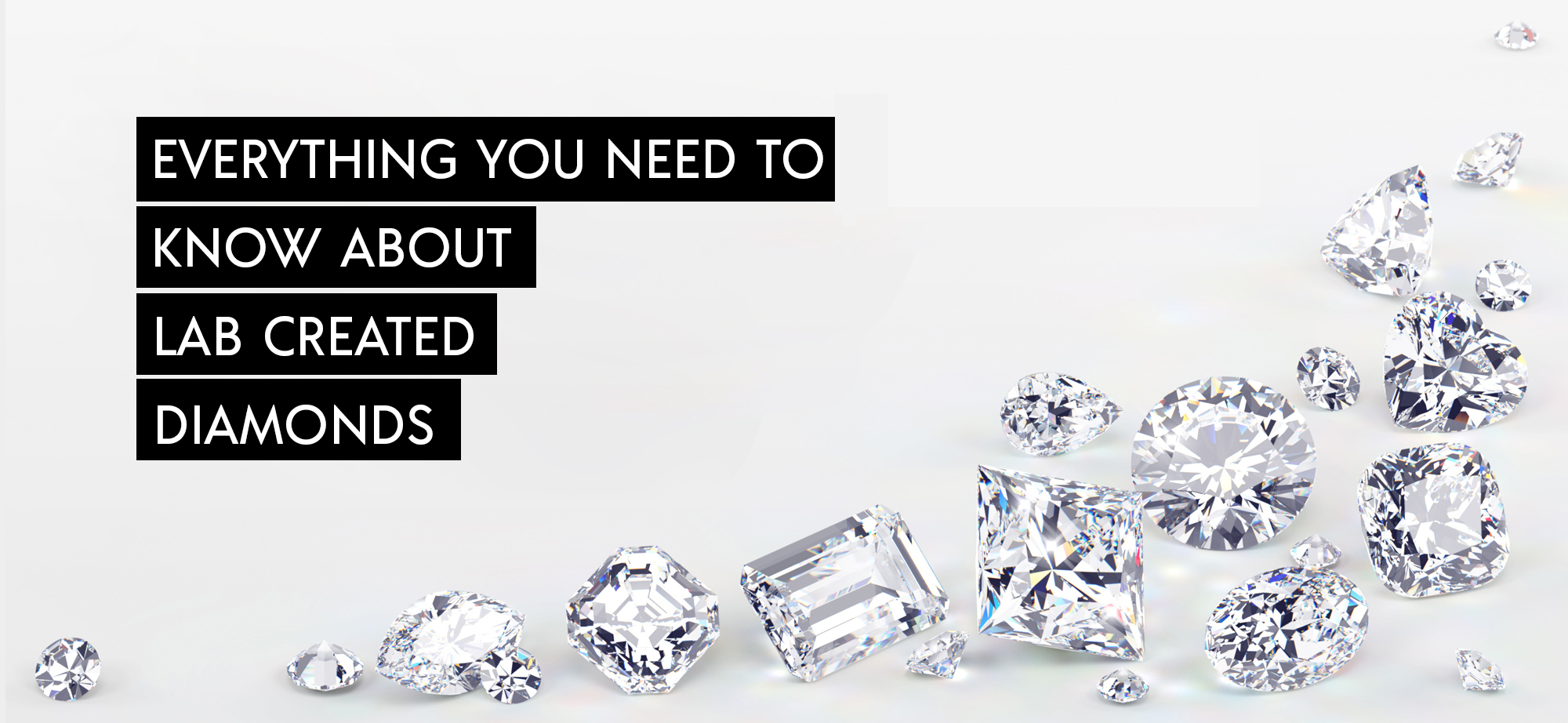Lab-Grown Diamonds: The Future of Jewels

In recent years, lab-grown diamonds have become a disruptive force in the fashion jewelry industry. These diamonds, created through advanced clinical techniques in controlled laboratory environments, possess similar physical and chemical residential or commercial properties to their naturally formed equivalents. As concerns about ethical mining practices and environmental sustainability increase, lab-grown diamonds are acquiring popularity as a viable and ethical alternative. This article explores the increase of lab-grown diamonds and their possible to transform the future of gems.
The Science Behind Lab-Grown Diamonds
Lab-grown diamonds are developed using two main approaches: High Pressure-High Temperature (HPHT) and Chemical Vapor Deposition (CVD). In the HPHT approach, a little diamond seed undergoes extreme pressure and high temperatures, replicating the natural process of diamond formation. On the other hand, CVD involves the deposition of carbon atoms onto a diamond seed using a hydrocarbon gas. These sophisticated clinical techniques allow for the regulated growth of diamonds in a matter of weeks, compared to the countless years it considers natural diamonds to form.
Similar Beauty, Ethical Production
Among the crucial advantages of lab-grown diamonds is their identical charm to natural diamonds. Both types have the same chemical structure, crystal structure, and optical homes, making it almost impossible to separate between them with the naked eye. Lab-grown diamonds display the very same radiance, shimmer, and durability as their mined equivalents, making them an outstanding choice for precious jewelry fans.
Additionally, lab-grown diamonds address the ethical concerns related to traditional diamond mining. The mining market has actually long been pestered by concerns such as kid labor, unsafe working conditions, and ecological damage. By going with lab-grown diamonds, consumers can delight in the beauty of diamonds without contributing to these unethical practices. The production procedure of lab-grown diamonds is also more environmentally friendly, requiring less land interruption and considerably decreasing carbon emissions.
Cost and Accessibility
Traditionally, diamonds have been thought about a luxury item, frequently connected with a high price tag. However, lab-grown diamonds offer a more inexpensive alternative without compromising on quality. The regulated production procedure enables manufacturers to use lab-grown diamonds at a lower cost compared to their natural equivalents. This affordability permits a larger variety of consumers to enjoy the sophistication and eminence associated with diamond precious jewelry.
Furthermore, the availability of lab-grown diamonds is enhanced by their schedule in various sizes, shapes, and colors. The controlled development process allows for greater versatility in diamond production, catering to individual choices and customization. This versatility broadens the possibilities for distinct and individualized precious jewelry styles, making lab-grown diamonds an appealing option for consumers seeking uniqueness.
Forming a Sustainable Future
As sustainability becomes a significantly essential consideration throughout markets, lab-grown diamonds align with the growing demand for environmentally friendly options. The diamond mining market has a substantial eco-friendly footprint, with comprehensive land disruption and energy-intensive operations. On the other hand, lab-grown diamonds require less resources, release fewer greenhouse gases, and reduce the influence on ecosystems. By choosing lab-grown diamonds, customers can make a conscious choice to support a more sustainable and responsible fashion jewelry industry.

Industry Response and Future Outlook
The precious jewelry industry has remembered of the rising popularity of lab-grown diamonds and has actually begun accepting them. Major jewelry brand names and retailers are incorporating lab-grown diamonds into their offerings, recognizing the demand for sustainable and fairly sourced gems. This acceptance by the market further solidifies the position of lab-grown diamonds as a substantial player in the market.
Looking ahead, the future of lab-grown diamonds appears appealing. Continuous developments in technology and production methods are likely to lead to even higher-quality lab-grown diamonds. Furthermore, increased customer awareness and choice for ethical and sustainable items are expected to drive the need for lab-grown diamonds even more. Follow https://buppythepuppy.wordpress.com/2023/06/30/from-the-lab-to-your-fingertips-the-future-of-sustainable-jewelry-with-lab-grown-diamonds/ for some unbelievable substance about lab diamonds!
Conclusion
Lab-grown diamonds are changing the fashion jewelry market by providing an ethical, inexpensive, and sustainable option to naturally mined diamonds. With their similar charm, lower ecological effect, and ease of access, lab-grown diamonds are well-positioned to form the future of jewels. As consumers become more mindful of the social and environmental effect of their choices, lab-grown diamonds provide a stylish service that integrates appeal with duty. The continued development and acceptance of lab-grown diamonds suggest that they are here to stay, paving the way for a more ethical and sustainable precious jewelry industry.
Sources:
https://www.forbes.com/sites/pamdanziger/2021/02/14/lab-grown-or-natural-diamonds-the-choice-is-getting-clearer-for-consumers-and-retailers/?sh=27e4a80262f9
